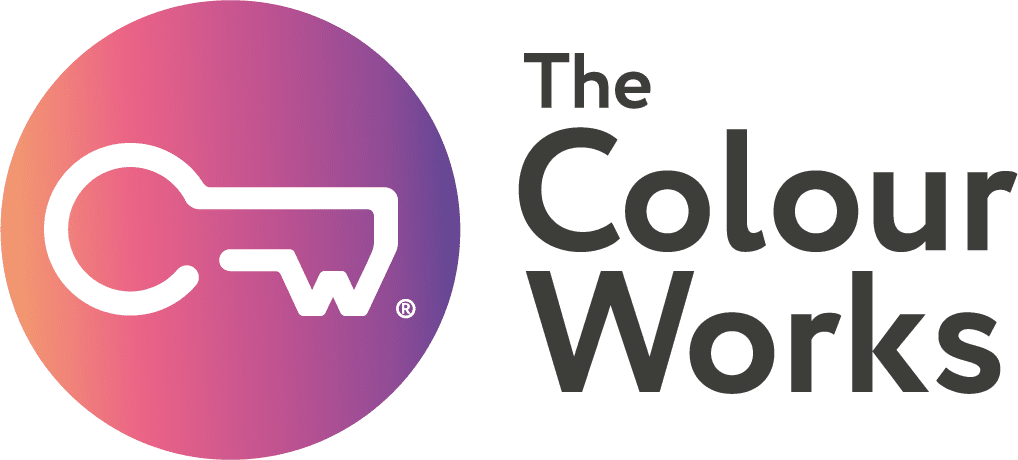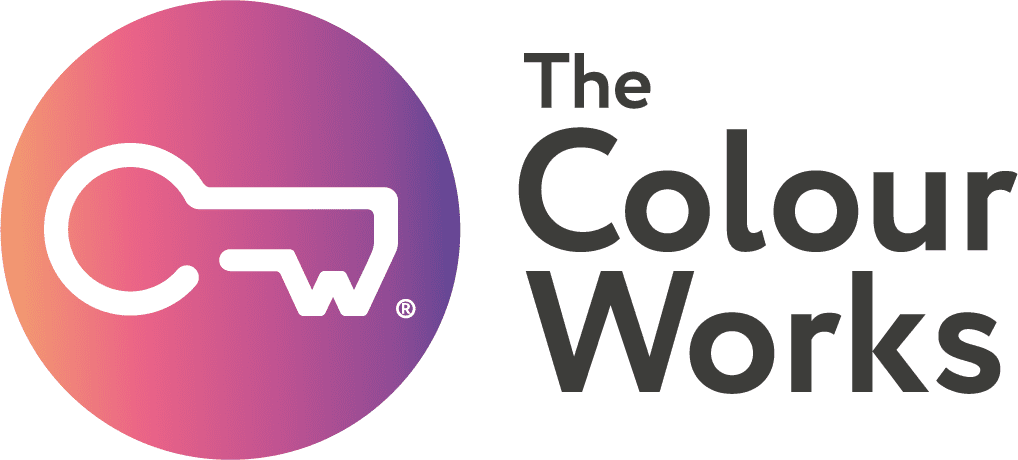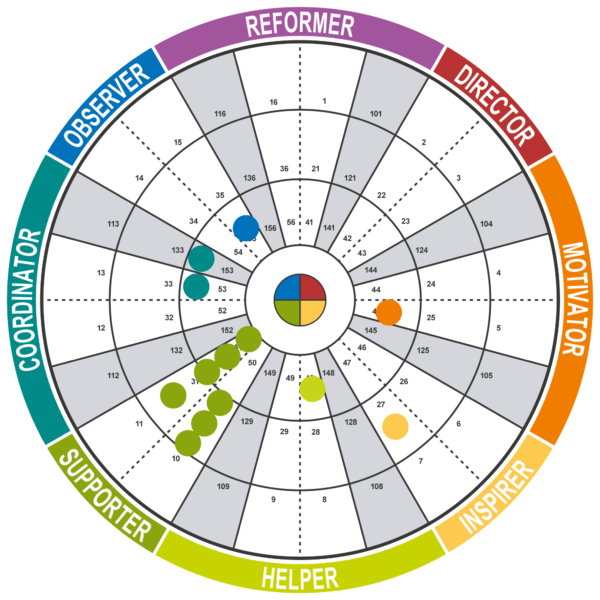The power of decisions
We make 20,000-35,000 decisions a day, many of them without much cognitive effort or attention, and all of them influencing whether we succeed or fail, become happy or sad, lonely or loved. This blog aims to provide you with some of the latest and best ideas, concepts and practices used by elite sport, special forces, magicians and businesses to help nudge those decisions in the right direction.
Note: it turns out magicians are brilliant at deceiving your decision-making processes and consequently a fantastic source of information for working at how the brain works.
The key principles for all these processes revolve around:
- Avoiding assumptions
- Recognising when to use logic vs instinct
- Becoming skillful at logical and instinctive decision making by reviewing past decisions











